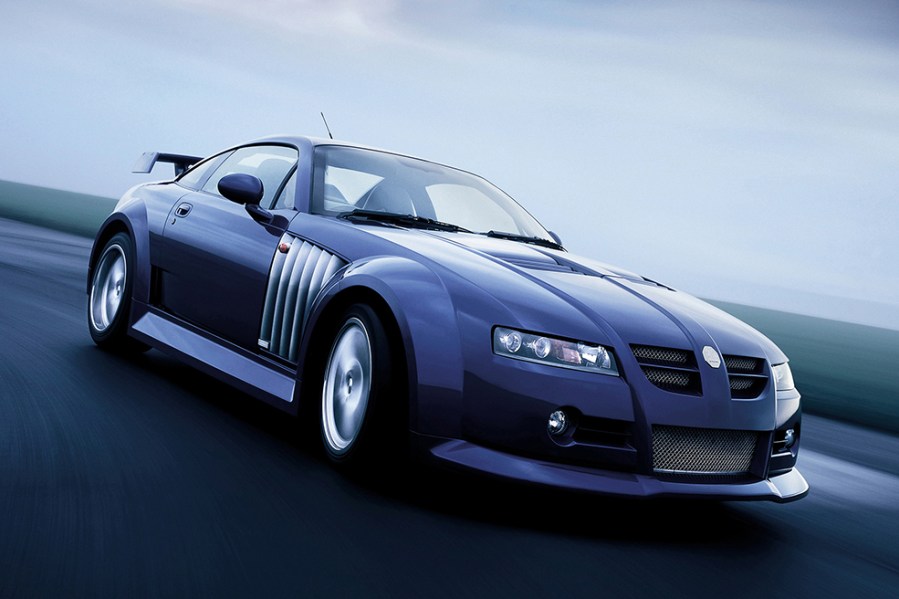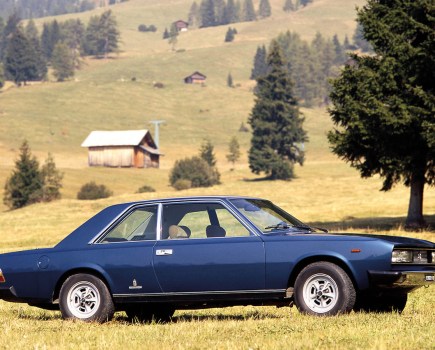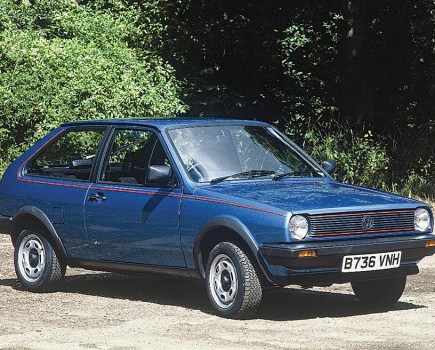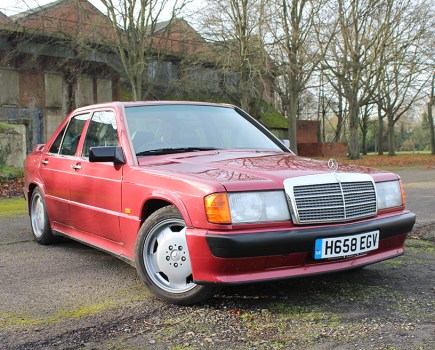The historic MG octagon has seen action on some surprisingly quick cars – models which, even today, offer a lot of performance for the money. Here are our favourites
MG is most commonly associated with 1960s sports cars designed for easy-going top-down motoring, but really the British firm took going fast pretty seriously. From its racing exploits at its inception in the 1920s to its more recent efforts in the BTCC and WRC, MG is a brand steeped in motorsport history – and many of its road cars reflected this focus on outright performance.
Here are some of our favourite go-faster models from the extensive MG back-catalogue.
MG Maestro Turbo
‘Faster than a Ferrari, a Porsche, a Lamborghini, a Lotus, an Aston…’ ran the advertising.
Slotting the MG Montego Turbo’s 150bhp, 169lb ft 2.0-litre engine into the smaller, lighter Maestro created one of the fastest hot hatches of the 80s; that it accomplished this without fuel injection and a 16-valve head makes the achievement all the more memorable.
505 MG Maestro Turbos were built in a limited run assisted by Tickford. Known for its work with the forced induction Tickford Capri sought after by Ford enthusiasts, the firm’s Bedworth factory fitted the Maestro Turbo’s stocky bodykit and passenger cabin length graphics to cars trucked in from Cowley. A blown MG Maestro had been on the cards since 1984, but had originally been judged too quick for public consumption; four years later, in need of a prestigious flagship, management reneged on its decision.
So few MG Maestro Turbos are left nowadays that it’s probably the rarest of the mainstream performance MG models. Production consisted of 215 red, 149 green, 92 white and 49 black cars, with relative rarity, condition and original determining sticker prices.
Survivors are safely ensconced in enthusiasts’ garages, venturing out for the show season or the occasional drag strip run.

MGF Trophy 160
With the ‘F in its death throws (and the coil sprung TF waiting in the wings), the newly independent MG Rover decided to carve out a new identity for the model with a run of limited editions. While the similar-in-appearance Freestyle was the last short run MGF, the model it resembled, the Trophy 160 SE, served as the ultimate factory MGF.
Using the 143bhp VVC as a basis, stiffer Hydragas spheres were added, together with a front splitter, rear spoiler and AP Racing brakes; mechanical alterations upped the power output to 160PS. Two special colours – Trophy Yellow and Trophy Blue – were offered to set the Trophy apart as a performance MG, although buyers could also have their cars painted red or black.
In our experience, a well sorted MGF can be a match for any other sports car of the period, and in Trophy form the model comes alive as a genuine high-performance sports car. Buy sensibly and you can have a lot of fun here for very little money.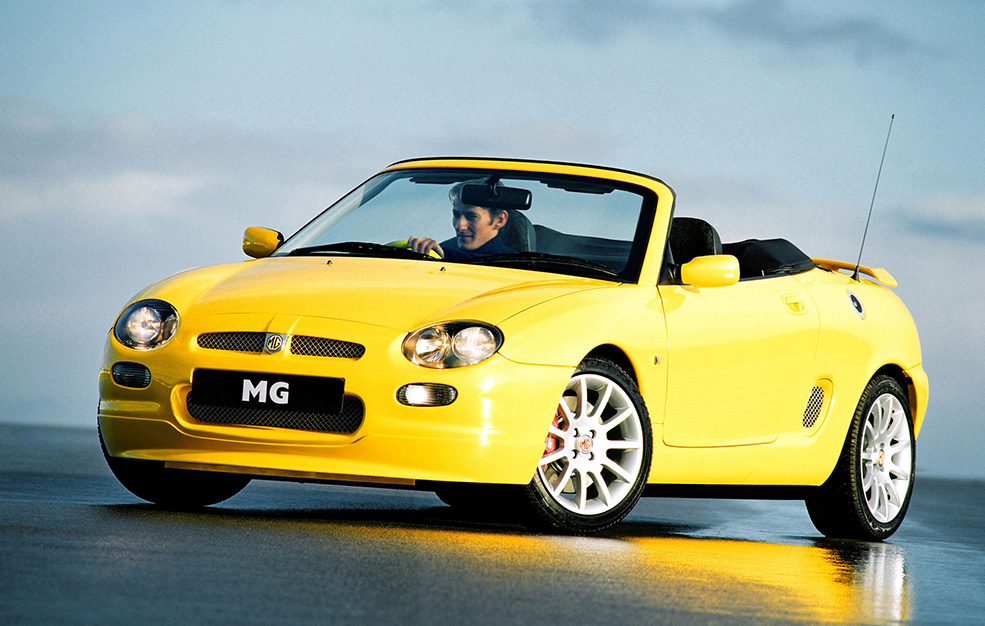
MG ZS 180
Given what it had to work with, MG Rover’s transformation of the Rover 400/45 ‘HH-R’ into the MG ZS was nothing short of remarkable.
Its Honda Domani parentage gifted it with double wishbone front suspension at least; despite a limited development budget, the 2.5-litre V6-engined ZS 180 saloon won praise not only for its dynamics but for its outlandish appearance, which shamelessly aped contemporary Subaru Impreza and Mitsubishi Lancer Evolution models.
With its Rover 400 predecessor fast disappearing from roads, the ZS range, 180 included, represents the best value in our group. Even the very best examples will struggle to break the £4,000 mark, making the MG ZS something of an underappreciated hot-hatch gem. Many have followed their Rover siblings to the scrapyard however, so now now’s the time to buy if you want to scratch the itch.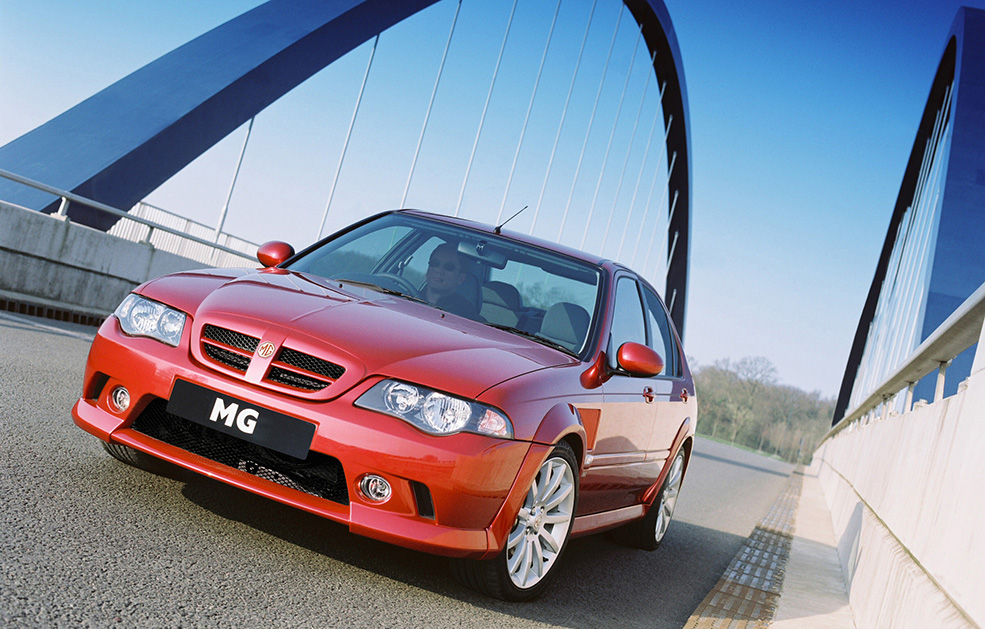
MG ZT/ZT-T 260
With fewer than 900 built, the MG ZT and ZT-T 260 once again showcased the talents of MG Rover’s engineering team, which created a flagship for the 75/ZT range through extensive remodelling.
Converting the front-wheel drive R40 series to rear-wheel drive was cheaper than developing a new model; while the ZT and ZT-T 190 were well respected, MG Rover desperately wanted to move upmarket – and felt that, together with aggressive rebranding, a race team and the X Power supercar, shoehorning a 4.6-litre Ford Mustang V8 under the bonnet of the 75/ZT was the way to go.
Once occupying the bargain basement of the classifieds, appreciation for the largest of the modern-era MGs has increased in recent times and values have firmed up, especially as good examples become harder to find. As a left-field alternative to an old Mercedes, BMW or Jaguar, the MG ZT can hold its own – and looks the business too.
MG XPower SV
Boasting an amusingly convoluted back story, the MG XPower SV was the brand’s halo model between 2003 and 2005. A product of MG Rover’s purchase of Italian firm Qvale, the SV was based on that brand’s only production model – which itself had started its development as a De Tomaso.
Originally envisioned as the De Tomaso Biguà as part of the brand’s would-be revival, the car was designed by Marcello Gandini of Lamborghini Miura fame. Alejandro de Tomaso joined forces with Qvale to bring the model to production, during which time the name was changed to Mangusta in honour of De Tomaso’s 1970s model. Sadly, a split between the two firms saw the De Tomaso name dropped, but Qvale forged ahead with production under its own branding.
After the production of 284 models, Qvale and the rights to the Mangusta were bought by MG Rover, which saw potential in the car’s pre-existing US homologation. Hastily redesigned, the car was still built in Italy by Qvale, albeit with some carbon fibre bodywork shipped over from the UK, then sent to Longbridge for final touches.
Power came from a 4.6-litre V8 with 320bhp, which thanks to the SV’s low weight allowed for a 0-62mph sprint of 5.3 seconds and a 165mph top speed. A the more powerful SV-R added a 5.0-litre V8 tuned by specialist Roush; power rose to 385bhp, 0-60mph dropped to 4.9 seconds and top speed increased to 175mph.
Sales were slow and just 82 examples were made. Today, the X-Power SV remains a high-performance oddity but seems to hold its value well.
